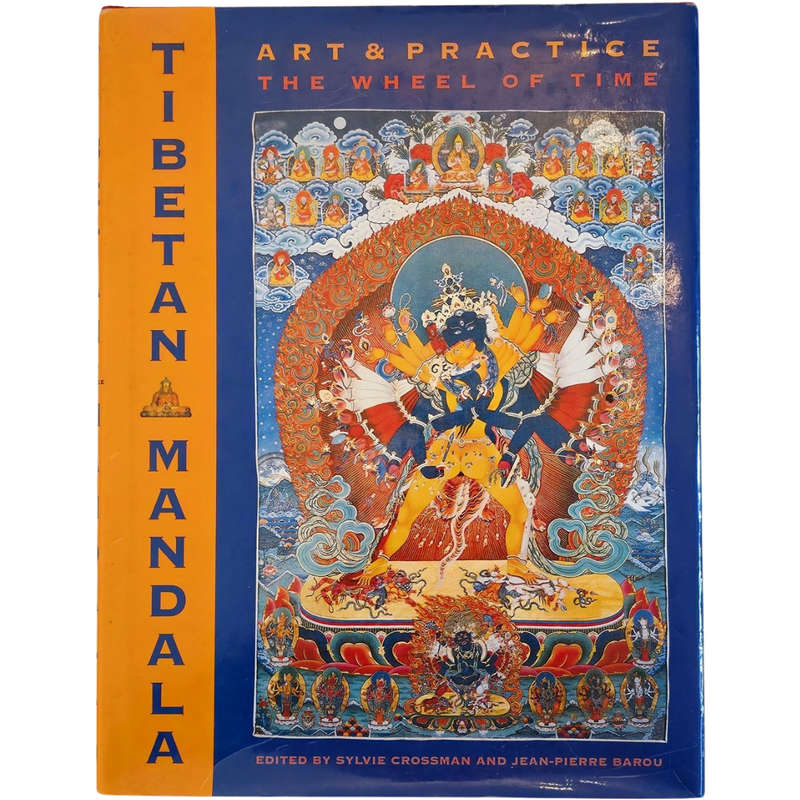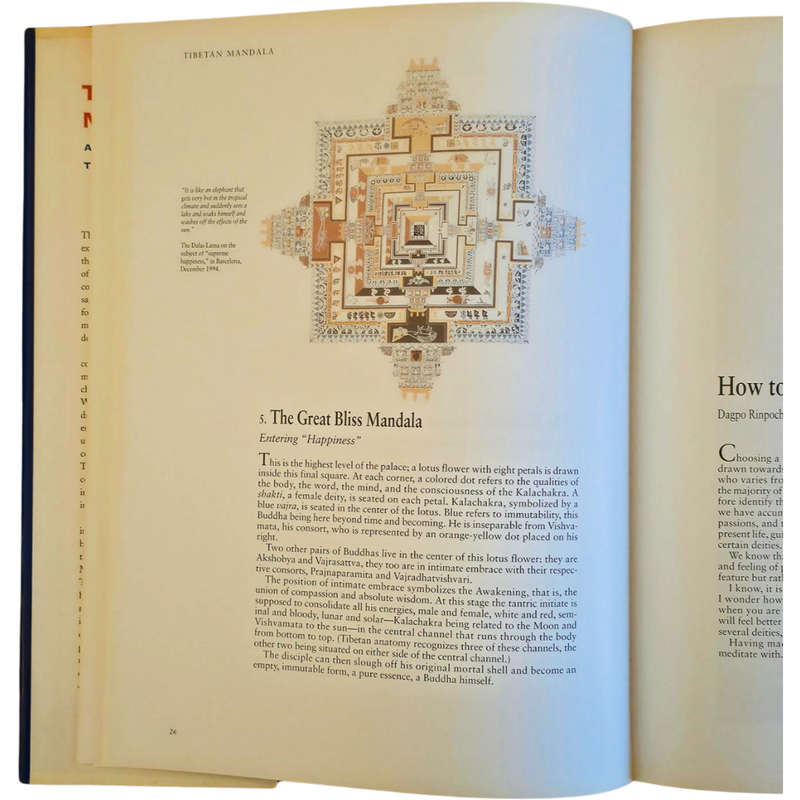









Tibetan Mandala: Art and Practice the Wheel of Time - Sylvie Crossman & Jean
Check my rate
View locations
| Main centres: | 1-3 business days |
| Regional areas: | 3-4 business days |
| Remote areas: | 3-5 business days |










| Main centres: | 1-3 business days |
| Regional areas: | 3-4 business days |
| Remote areas: | 3-5 business days |
Tibetan Mandala The mandala is one of the most powerful expressions of Buddhism's unified view of the cosmos. It represents the integration of human and divine realms, the microcosm and macrocosm. It is at one and the same time an artistic creation, a trans-formative creative process, a support for meditation, a pictorial representation of doctrine and a map to initiation. Tibetan Mandala: Art Practice considers the manifold aspects of the mandala focusing upon the great Kala-chakra Mandala, also known as The Wheel of Time. The creation of a man-dala is a sacred enterprise, intended to establish peace on earth, and requires the utmost care. The slightest mistake in its construction can render it ineffective. The colored sands out of which it is composed are scattered once the ritual of initiation is completed, to confirm the impermanent nature of all being. According to Tibetan belief the invention of this figure can be traced back to the Buddha himself, who is said to have designed the first Kalachakra Mandala after attaining Enlightenment. The present Dalai Lama, Tenzin Gyatso, has shown a particular affinity for this mandala. He gave the first Kalachakra initiation while still in Tibet before a crowd of ten thousand people, and he has presided over its creation and dispersal many times since. For him it is all-encompassing, touching upon all aspects of man and the universe. To reach a better understanding of the potent symbolism and spiritual practice the mandala comprises, the present work brings together the contributions of a number of leading scholars, each approaching the subject from a different vantage point. Essays explore the develop-ment of the mandala within the context of Tibetan Buddhism and Tantra Yoga, the symbolism of the mandala and the process of its construction, and the problem of harmonizing the demands of artistic expression and ritual precision. Other writers consider the influence of the man-dala on the Western tradition examining the spiritual dimension of art as embodied in the works of the guiding figures of Modernism: Kandinsky, Malevitch and Klee; the mandala's significance in the life and work of Carl Jung, and the related phenomenon of the labyrinth, which can be seen as a Christian mandala. Finally this book seeks to present mandalas both as works of art and vehicles for the transmission of Buddhist teachings. Tibetan lamas say the Kalachakra Mandala is of vital importance for the world of today. It is a witness to the doctrine of wisdom and compassion: one only has to listen for it. Stunning display piece
Condition: 2
